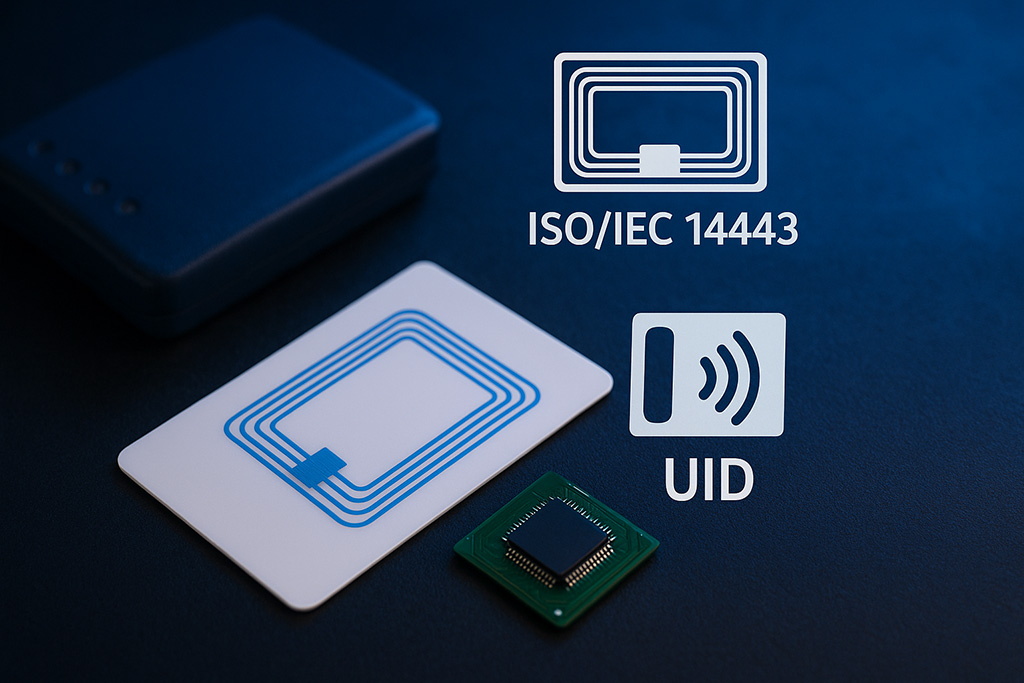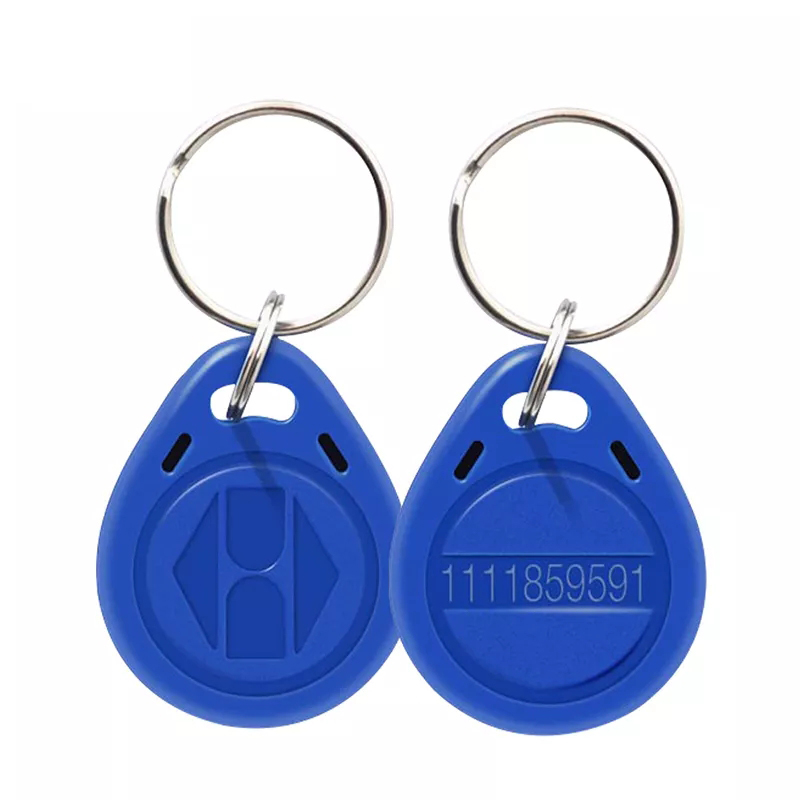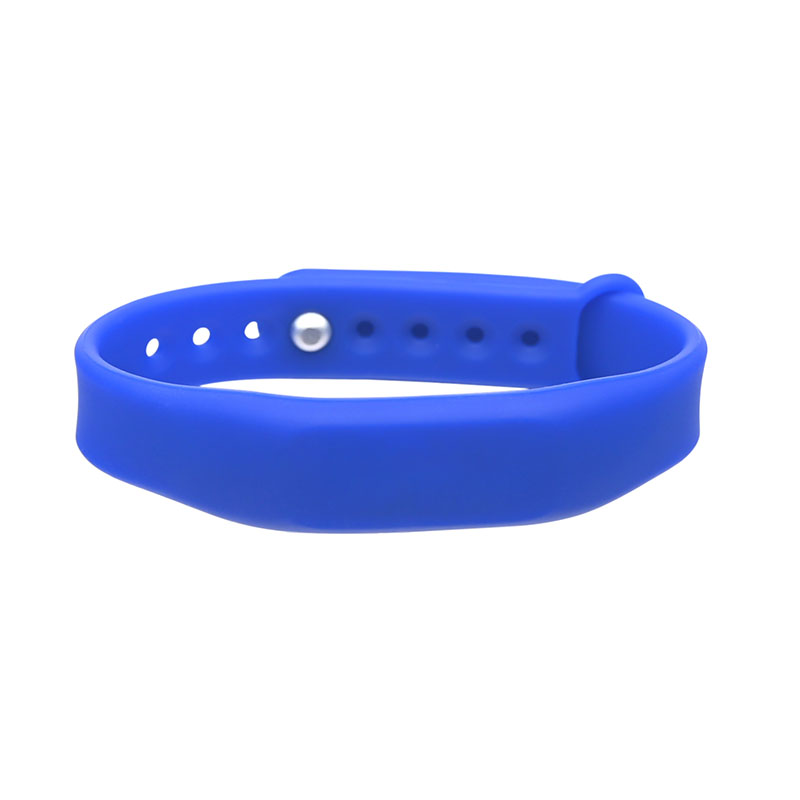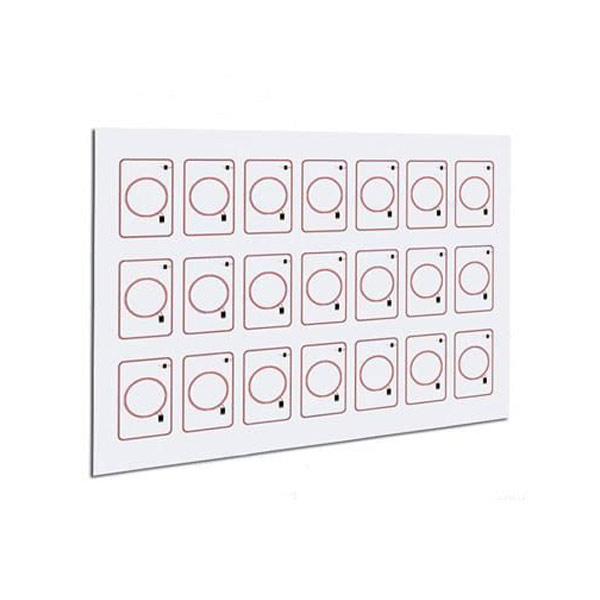
Radio Frequency Identification (RFID) has evolved into one of the most widely used identification and tracking technologies in modern society. From metro cards and office access badges to inventory control in retail and medical device tracking in hospitals, RFID underpins billions of daily interactions. Its appeal lies in speed, convenience, and the ability to operate without direct physical contact.
Behind this success is a strong framework of technical standards and Chip architectures. Standards define how cards and readers communicate, ensure interoperability across vendors, and enforce security protocols to protect sensitive data. Chip architectures, meanwhile, determine performance, memory allocation, and resilience over years of use.
This article examines the foundations of RFID standards, with particular focus on ISO/IEC 14443 (Mifare 14443), the Mifare Classic 4K Chip family, and ICODE SLIX. It also explains the function of the UID (Unique Identifier), outlines common vulnerabilities, and explores the architecture of RFID tag ICs. The goal is to provide practical insights into choosing the right technology for specific industries.
Why RFID Standards Matter
Without standardization, every RFID deployment would become an isolated island—readers from one vendor unable to communicate with cards from another, and systems forced into costly, proprietary lock-ins. International standards solve this by creating a common language.
Standards provide three major benefits:
Interoperability – Cards and readers from different manufacturers can work together, ensuring large-scale deployments are practical and cost-effective.
Security – Widely adopted authentication and encryption mechanisms reduce vulnerabilities and build trust in systems where financial or personal data is exchanged.
Longevity – Infrastructure investments in sectors like transportation or government ID must last decades. Standards guarantee backward compatibility as new generations of Chips are introduced.
In short, standards allow RFID to scale globally while maintaining reliability and trust.
ISO/IEC 14443: The Basis of Mifare
The ISO/IEC 14443 standard defines proximity cards operating at 13.56 MHz with a read range of up to 10 cm. It supports both Type A and Type B communication, offers data rates up to 848 kbps, and incorporates anti-collision features so multiple cards can be processed simultaneously.
Crucially, ISO/IEC 14443 aligns with NFC (Near Field Communication) protocols, enabling smartphone-based applications such as mobile ticketing and payments. Its balance of short-range security, reliable performance, and global compatibility has made it the foundation of billions of smart cards worldwide, particularly in public transport, secure facility access, banking, and e-government projects.
Memory Organization
The Mifare Classic 4K is one of the most deployed RFID Chips under ISO/IEC 14443. It provides 4 KB of EEPROM memory, divided into 40 sectors, each containing four 16-byte blocks. This sector-based structure enables fine-grained allocation of memory, allowing one card to host multiple independent applications.
Each sector is protected by two cryptographic keys, Key A and Key B, which define access permissions for read, write, or authentication. This design allows a single card to serve as a campus ID, a payment card, and an access badge simultaneously—each application isolated within its own sector.
Security Considerations
The Mifare Classic employs the Crypto-1 algorithm for authentication. At launch, it provided adequate protection at low cost. However, over time researchers uncovered weaknesses, and today, cloning tools exploiting Crypto-1 vulnerabilities are easily available.
For low-security use cases, the Mifare Classic remains a viable, cost-effective option thanks to its compatibility and widespread infrastructure. But organizations handling sensitive data increasingly migrate to Mifare DESFire EV3 and other newer generations, which use AES-based encryption and support advanced authentication.
Common Applications
Urban transport fare cards in major cities
Access control systems in corporate and residential environments
University or corporate IDs integrating payment, library, and building access
Retail loyalty and stored-value programs
ICODE SLIX Technology
ISO/IEC 15693 Vicinity Cards
While ISO/IEC 14443 focuses on short-range communication, the ISO/IEC 15693 standard defines vicinity cards, with read ranges up to 1.5 meters. The ICODE SLIX family falls under this standard, operating at the same 13.56 MHz frequency but optimized for longer distances and bulk reading.
ICODE SLIX tags support rapid inventory through strong anti-collision mechanisms, allowing hundreds of items to be scanned in seconds. They also use energy-efficient communication, enabling long lifespans in high-volume deployments.
Industry Use Cases
Libraries – Automated self-checkout and fast shelf audits
Retail – Item-level tagging, anti-theft integration, and supply chain visibility
Healthcare – Tracking medical devices, pharmaceuticals, and patient wristbands
Industrial logistics – Bulk scanning of assets, tools, and spare parts
ICODE SLIX demonstrates how RFID adapts beyond contactless payments, serving industries where distance and efficiency outweigh speed of transaction.
The Role of UID in RFID Systems
UID Meaning and Devices
Every RFID Chip is manufactured with a Unique Identifier (UID)—a serial number that acts as its digital fingerprint. Depending on the Chip type, this can be 4, 7, or 10 bytes long, ensuring billions of unique values worldwide.
Devices that interact with UIDs include standard readers, diagnostic tools, and emulation hardware used in system testing.
UID and Security
While UIDs are essential for identifying cards, they are not designed as a security mechanism. Attackers can use UID-modifiable cards to clone an existing identifier, fooling systems that rely solely on UID checks.
For true security, modern systems integrate mutual authentication and encryption. Instead of trusting a static number, they require the card to prove its legitimacy through a cryptographic challenge–response.
What is a UID Card?
In strict technical terms, every RFID card is a UID card. However, the industry often uses “UID card” to refer to cloned or reprogrammable cards whose identifiers can be rewritten. While useful for testing and research, such cards pose risks if introduced into production environments.
Application Examples
Public transport cards identified by UID for passenger tracking
Office and residential access systems keyed to UID values
Retail loyalty programs linking UID numbers with customer profiles
Internal Design
An RFID tag IC integrates several critical modules into a compact system-on-Chip:
Antenna interface and analog front-end – Handle RF signal modulation and demodulation
Digital control unit – Manages communication protocols, executes authentication, and controls data flow
Non-volatile memory (EEPROM/Flash) – Stores system data and user applications
Power harvesting unit – Converts RF energy from the reader into operating power for passive tags
Performance and Lifespan
RFID Chips are engineered for durability. They typically allow 100,000+ write cycles and guarantee data retention for 10–20 years. Performance, however, depends not only on the Chip but also on antenna design and environmental conditions like metal interference or electromagnetic noise.
Comparing RFID Standards
Different standards balance range, speed, and security differently:
ISO/IEC 14443 (Mifare) – Short-range, secure communication; ideal for payments, ID, and transit systems.
ISO/IEC 15693 (ICODE SLIX) – Medium range with efficient bulk scanning; suited for healthcare, libraries, and logistics.
EPC Gen2 (UHF RFID) – Long range (up to 10 meters); widely adopted in supply chain and retail for pallet- and item-level tracking.
Choosing the Right Technology
Selecting the best RFID solution is less about finding the “most advanced” Chip and more about balancing operational needs:
Transit operators need rapid, secure transactions within centimeters—ISO/IEC 14443 cards remain the clear choice.
Hospitals benefit from vicinity cards like ICODE SLIX, which can identify hundreds of instruments or medication packages quickly.
Logistics warehouses maximize efficiency with EPC Gen2 UHF systems, capable of scanning entire pallets or racks in seconds.
The right standard depends on range requirements, security needs, memory allocation, infrastructure compatibility, and cost.
Conclusion
RFID’s global success rests on its standards. ISO/IEC 14443 continues to anchor secure, short-range deployments. Mifare Classic 4K shows how sector-based memory enabled multi-application cards, while also highlighting the risks of outdated encryption. ICODE SLIX demonstrates the value of longer-range, high-inventory systems, and the UID remains central to identification—though true security demands encryption and mutual authentication.
As industries expand RFID usage in transportation, healthcare, retail, and logistics, standardization remains the foundation of scalability and trust. Organizations that understand Chip architectures and standards will be best positioned to build RFID systems that perform today and remain resilient tomorrow.





